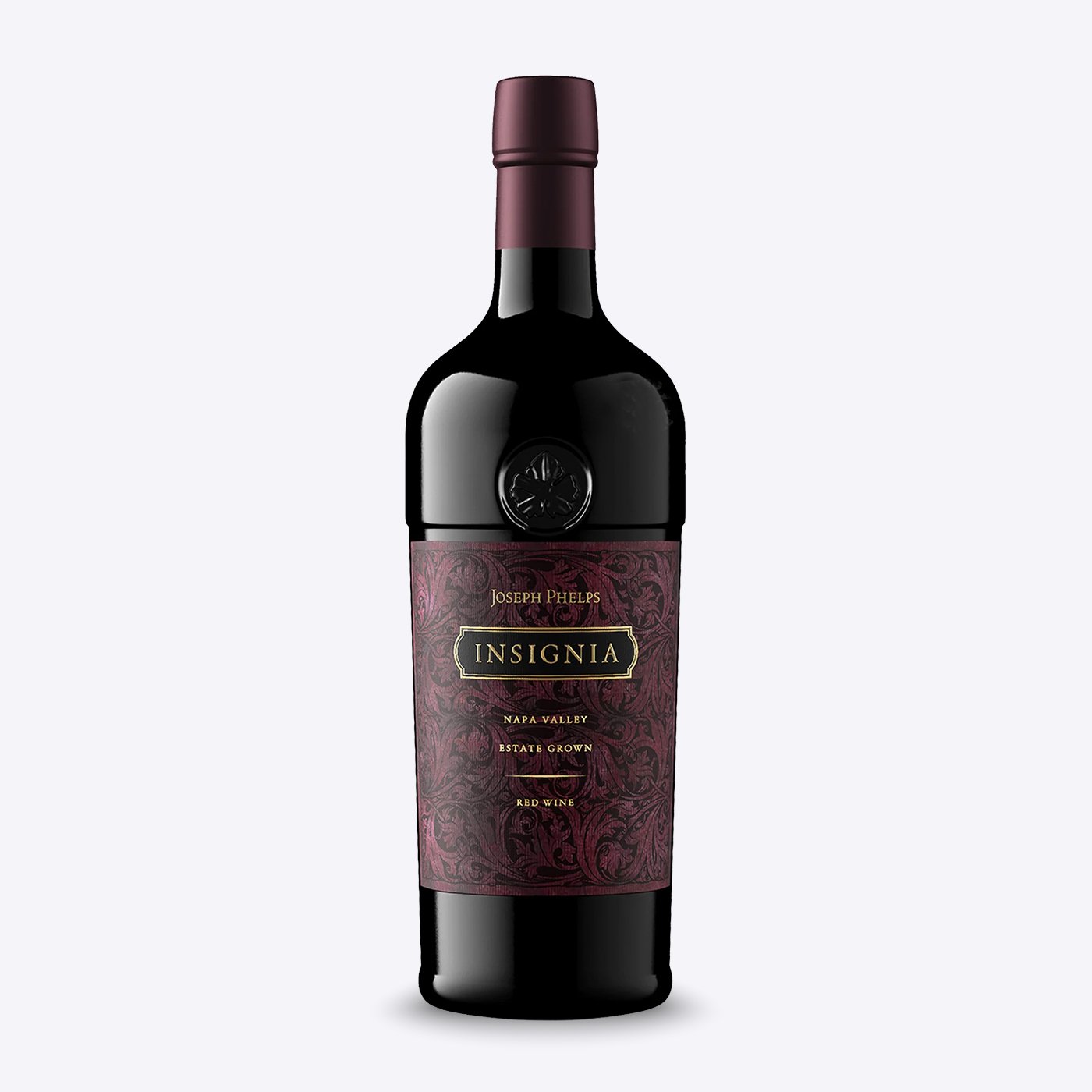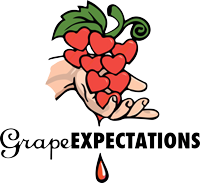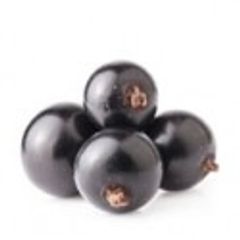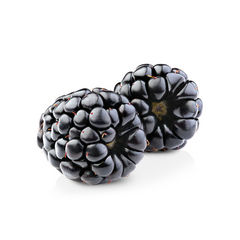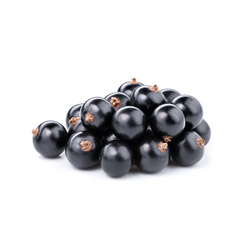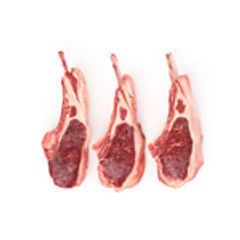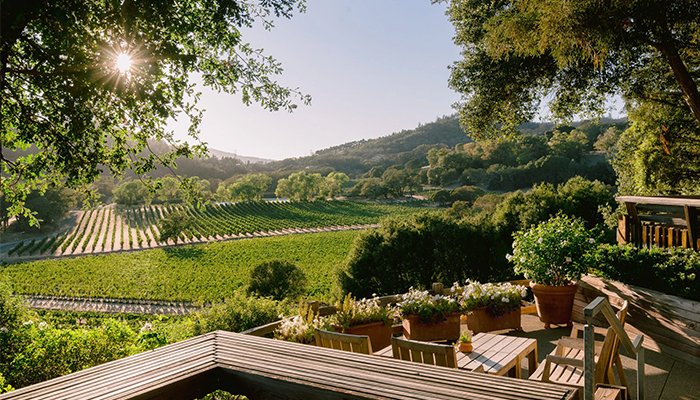Joe had been looking for a place to make a little wine. Since his years in the Navy, he’d grown his father’s Greeley, Colorado-based construction business into a multi-state powerhouse, expanding to northern California in the mid-1960s to work on bridge and dam projects and the infrastructure for BART. Wine was a fast-growing side interest, something he’d developed a taste for in college. He began collecting, and even did some home winemaking in Greeley using grapes shipped by air overnight from Napa Valley.
In time, Joe’s work in California and his interest in wine merged, leading to connections with growers and winemakers in Napa Valley and a contract to build the Souverain Winery. It wasn’t long before the idea of starting his own winery took hold. A trip to Italy in 1970 clinched it, and Joe began looking for property in Napa Valley.
On March 1, 1973 Joe took possession of the 600-acre cattle ranch on the east side of St. Helena. He wasted no time, laying out and planting 100 acres of vineyards with the help of founding winemaker Walter Schug. They planted everything: Cabernet Sauvignon, Zinfandel, Johannisberg Riesling, Gewurztraminer. The property was a blank slate, and Joe was willing to try anything.
Joe oversaw the building of the winery, a feat accomplished in time for the 1974 harvest. Designed by architect John Marsh Davis and built by Joe’s firm, Hensel Phelps Construction Company, the redwood building featured a fermentation and aging room, a bottling area, and a few offices. Joe’s son, Bill, worked on the construction crew during a college summer break. His daughter, Leslie, helped with bookkeeping, payroll, and taxes for a few years. She recalls there was no tasting room at first; retail sales were handled out of the Dutch door to the reception area.
Over the next four decades Joe ran his namesake winery with vision, an unwavering commitment to quality and a strong taste for innovation. In 1974 he produced California’s first varietally-labeled Syrah, a wine fashioned after the Côte Rotie and Hermitage wines he admired and collected. He was one of the first California vintners to embrace Rhone-style wines, experimenting with Viognier and creating Rhone blends that were most certainly ahead of their time. Also, in 1974 Joe created what is arguably his most important legacy: California’s very first proprietary red Bordeaux-style blend – Insignia. His idea, to blend the finest wine lots of the vintage into one bottling, was revolutionary for its time, though it was a model quickly adopted by other prominent Napa Valley producers. The wine brought recognition not only to Joseph Phelps Vineyards, but ultimately to Napa Valley as a whole.
